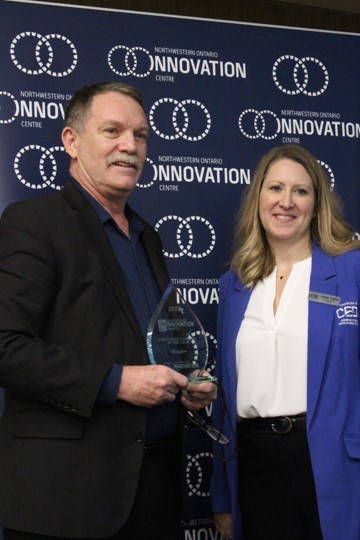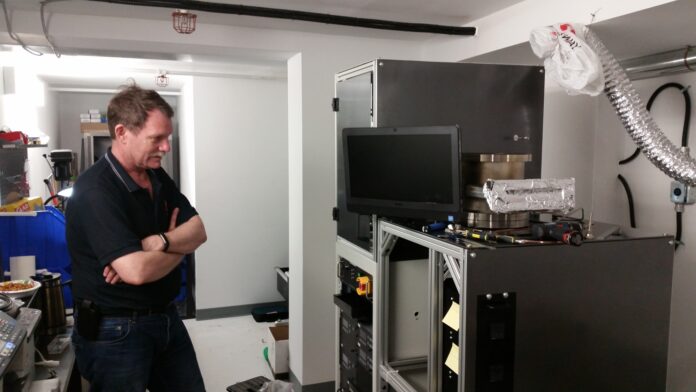Linkedin sent me one of those annoying reminders, which I normally ignore, this one said something about a 13 anniversary for my being on Linkedin and suggested that I share my insights. Well, no great insights about being on Linkedin here, but as I thought about it, coming up to the 15 anniversary of my own company, Meaglow Ltd, I realized we had become what is nowadays an extremely rare bird: a successful startup in the semiconductor industry, so maybe I should share my experiences in regards that.
Meaglow is actually quite small, but it has carved out a niche market selling next generation plasma sources to the semiconductor industry. We’ve now produced over 110 units, sold in 15 countries. Some of them have been quite big, 3000 watt units for 12” wafers. We’ve been supplying universities, government labs (such as, Lawrence Berkeley, US Naval Research, NASA Jet Propulsion Labs, the NASA Goddard Space Flight Center), small companies, and now about ten original equipment manufacturers (OEMs) of various sizes. Oh, and we’re profitable, not hugely so, but we’ve gotten there, mainly from the hard knock struggle of bootstrapping our own way, though we have had some forms of past investment.

I don’t want to rabbit on for too long, as people will lose interest, so I’ll break this up into a number of short “episodes”. This one is just an introduction, so I suppose I should do that, I’m Dr. K. Scott Butcher, the founder, Chief Scientist and President of Meaglow Ltd. I have a Bachelor in Applied Physics (something halfway between being an engineer and a physicist) and a PhD in Semiconductor Materials development, both of those I got from Australia, though Meaglow is actually in Canada. I have over a hundred refereed publications, several patents. I’ve worked for government labs, universities and been involved in five (or six, depending on how I count them) startups, one of those (for which I was a founder) became a public company in Australia, and is still in operation.
I’ve been involved with compound semiconductor development since the 1990s, and was in the field of nitride semiconductors during the early days of LED (light emitting diode) room lighting development. My career started in Australia, which gave me a unique background compared to my contemporary colleagues in Japan, North America and Europe, since unlike the main labs in those areas of the world, at the time there was a tradition of building our own equipment for semiconductor deposition in Australia, so I have a strong equipment background too. To get to the point of being able to successfully run my own company, over the years I’ve learned from other people’s mistakes, particularly those of management, these include: gross overpromising of technical and financial outcomes; cronyism; the inexperience of managers in the company’s area of development; poor directioning of resources; an inability to adjust to varying financial situations; an inability to appreciate and utilise the technical and business expertise of employees, sometimes related to arrogance or hubris, and at it’s worst evident as a strong Dunning-Kruger effect (you’ll have to look that up, it’s a more prevalent problem than most people realise). Oh, the stories I could tell. Not that I haven’t made my own mistakes, I have, but I’ve learnt from those too. To be honest, I probably couldn’t have been a successful entrepreneur earlier in my career, I had to learn how to do it and how not to make the mistakes I had seen others make, so that, thankfully, I could recover from my own somewhat smaller mistakes when I made those.
So, maybe I have something to offer in terms of experience. In later episodes I’ll talk about the hunger… the need of an entrepreneur to be his own boss and to succeed in what he is doing, and the things I needed to develop to get to that point. I’ll provide a history of investment in semiconductor startups – as I see it – from a compound semiconductor viewpoint. I’ll talk about Meaglow’s own struggle to survive and how we were able to grow. Finally, I’ll talk a bit about opportunities now, as I see them, for current startups in the area.
